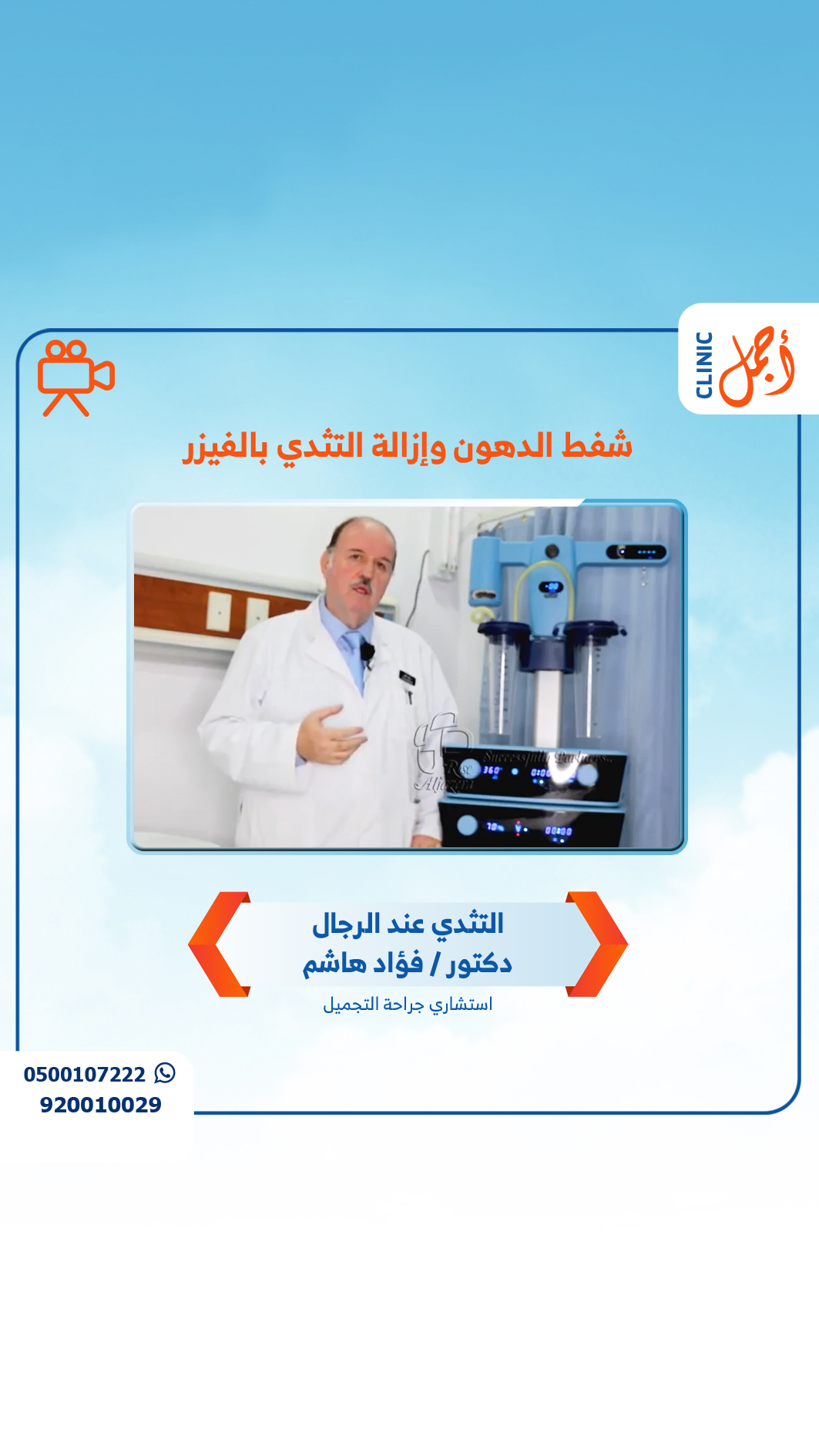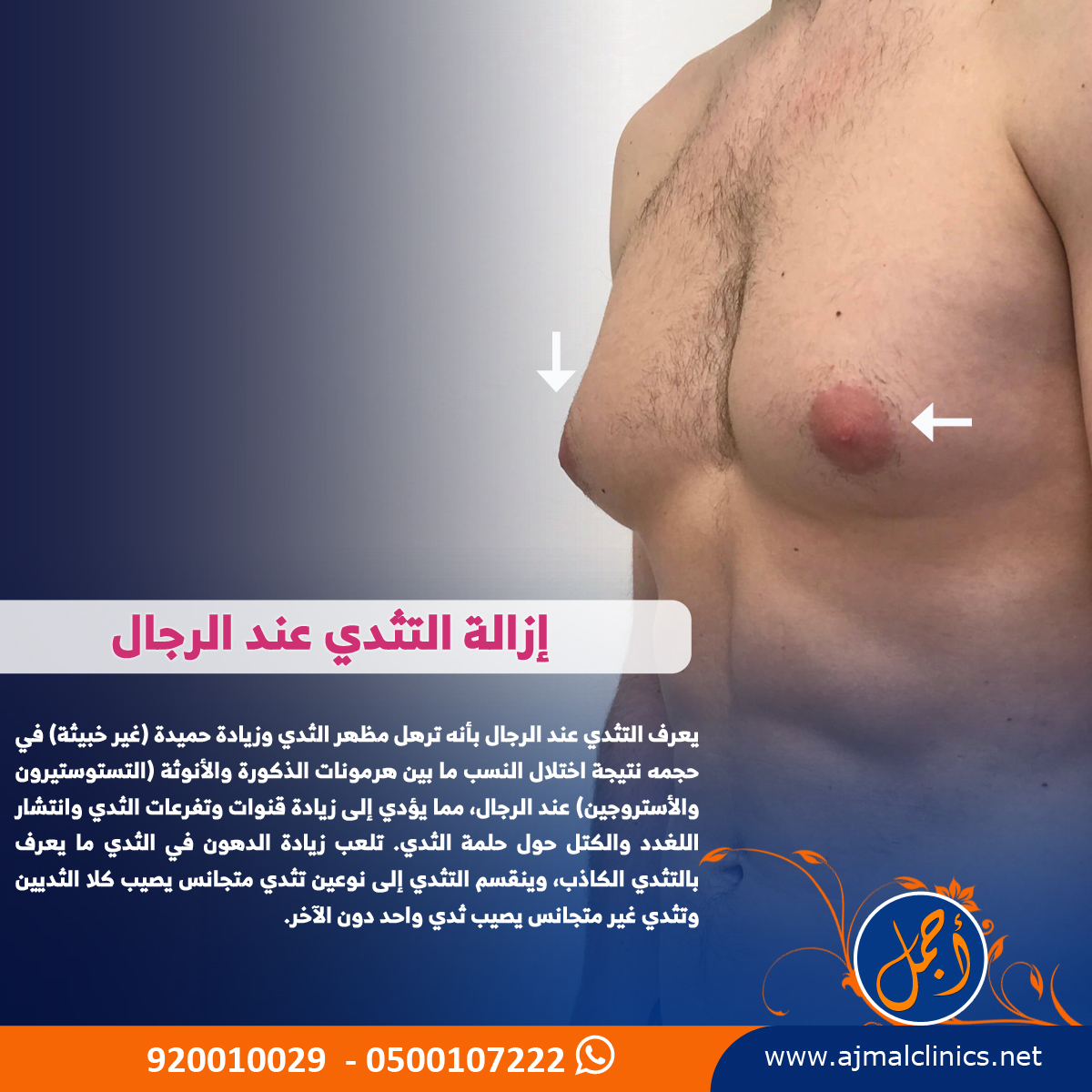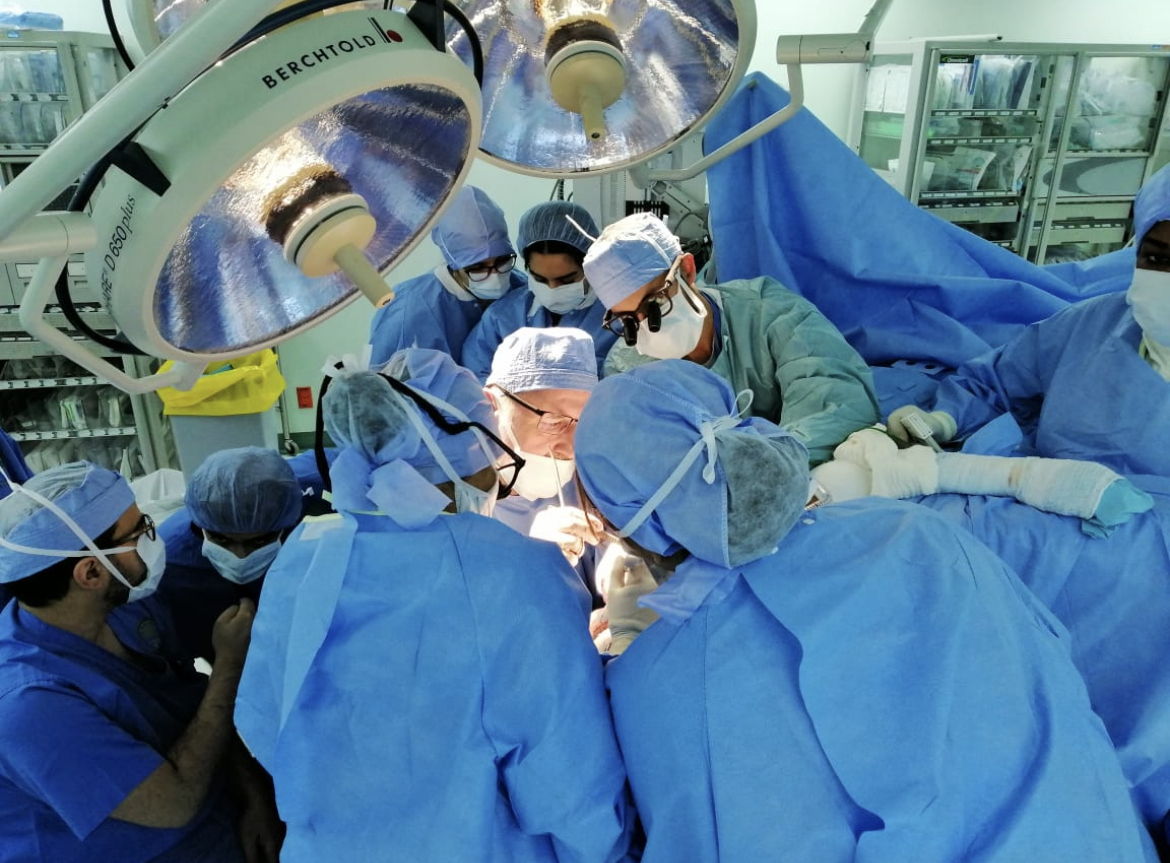
Gynecomastia Surgery
What is gynecomastia surgery?
Gynecomastia surgery reduces breast size in men, flattening and enhancing the chest contours.
In severe cases of gynecomastia, the weight of excess breast tissue may cause the breasts to sag and stretch the areola (the dark skin surrounding the nipple). In these cases the position and size of the areola can be surgically improved and excess skin may be reduced.
Plastic surgery to correct gynecomastia is technically called reduction mammaplasty.
What is gynecomastia?
Gynecomastia is a condition of overdeveloped or enlarged breasts in men that can occur at any age. The condition can be the result of hormonal changes, heredity, obesity or the use of certain drugs.
Gynecomastia can cause emotional discomfort and impair your self-confidence. Some men may even avoid certain physical activities and intimacy simply to hide their condition.
Gynecomastia is characterized by:
- Excess localized fat
- Excess glandular tissue development
- Sometimes excess breast skin
- Presence unilaterally (one breast) or bilaterally (both breasts)
Who is a good candidate for gynecomastia surgery?
Gynecomastia surgery candidates include:
- Men whose condition cannot be corrected through alternative medical treatments
- Healthy individuals who do not have a life-threatening illness or medical conditions that can impair healing
- Nonsmokers and non-drug users
- Men with a positive outlook and specific goals in mind for improving the physical symptoms of gynecomastia
- Men who are physically healthy and of relatively normal weight
- Men who have realistic expectations
- Men whose breast development has stabilized
- Men who are bothered by the feeling that their breasts are too large
Adolescents may benefit from surgery, although secondary procedures may be needed in the future should breast development continue.
What are the steps of a gynecomastia procedure?
A gynecomastia procedure includes the following steps:
Anesthesia
Medications are administered for your comfort during the surgical procedures. The options include intravenous sedation and general anesthesia. Your doctor will recommend the best option for you.
Liposuction technique
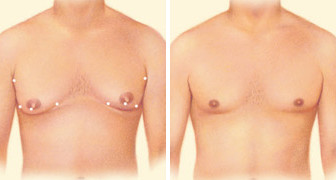
In cases where gynecomastia is primarily the result of excess fatty tissue, liposuction techniques alone may be used. This requires insertion of a cannula, a thin hollow tube, through several small incisions.
The cannula is moved back and forth in a controlled motion to loosen the excess fat, which is then removed from the body by vacuum suction.
There are various liposuction techniques that may be used; the technique most appropriate in your case will be defined prior to your procedure.
Excision technique
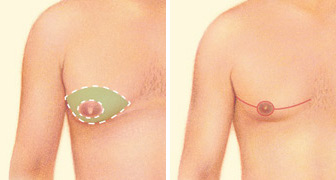
Excision techniques are recommended where glandular breast tissue or excess skin must be removed to correct gynecomastia. Excision also is necessary if the areola will be reduced or the nipple will be repositioned to a more natural male contour. Incision patterns vary depending on the specific conditions and surgical preference.
Combination of liposuction & excision techniques
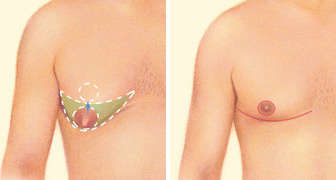
Sometimes gynecomastia is treated with both liposuction and excision.
What should I expect during my gynecomastia surgery recovery?
During your gynecomastia surgery recovery period, dressings or bandages will be applied to your incisions and an elastic bandage or support garment may be used to minimize swelling and support your new chest contour as it heals after surgery.
A small, thin tube may be temporarily placed under the skin to drain any excess blood or fluid that may collect.
You will be given specific instructions that may include how to care for the surgical site and drains, medications to apply or take orally to aid healing and reduce the potential for infection, specific concerns to look for at the surgical site or in your general health and when to follow up with your plastic surgeon.
Be sure to ask your plastic surgeon specific questions about what you can expect during your individual recovery period.
- Where will I be taken after my surgery is complete?
- What medication will I be given or prescribed after surgery?
- Will I have dressings/bandages after surgery? When will they be removed?
- Are stitches removed? When?
- When can I resume normal activity and exercise?
- When do I return for follow-up care?
It’s very important to follow your plastic surgeon’s instructions and attend follow-up visits as scheduled.
The final results of gynecomastia surgery are permanent in many cases. However, if gynecomastia resulted from the use of certain prescription medications, drugs (including steroids) or weight gain you must be fully free from these substances and remain at a stable weight in order to maintain your results.
Please discuss this with your physician before making changes to your prescription medications.
Recovering from gynecomastia surgery at home
If you experience shortness of breath, chest pains or an unusual heartbeat, seek medical attention immediately. Should any of these complications occur, you may require hospitalization and additional treatment.
Following your physician’s instructions is essential to the success of your surgery.
It’s important that the surgical incisions are not subjected to excessive force, swelling, abrasion or motion during the time of healing. Your doctor will give you specific instructions on how to care for yourself.

